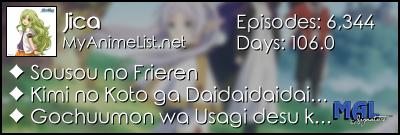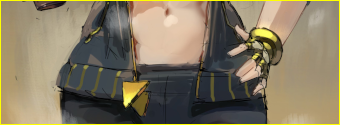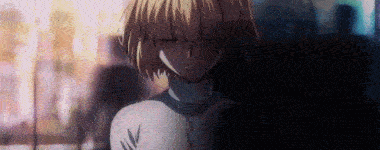Digitalexile said:Antanaru said:@Digitalexile Cry me a river. It's not stereotyping but calling out cliches. Just as an average shounen rom-com often have cookie-cutter female characters catering to little boy's fantasies, shoujo series usually have awfully written male characters catering to female fantasies. It's just a difference how these cliches are handled and how often you see exceptions. This comparison doesn't look good for shoujo...
>catering to female fantasy
>serailzed in Jump SQ shounen and is one of the top manga there for males section(because flawed male characters actually undergo development unlike people crying here why they are one-dimensional in a single episode)
And you managed to post an even worse one where everything is wrong including calling this series shoujo, with generalization of shoujo("usually", when shoujo like Nana exists). And then compares with Amano Kozue and Arakawa who wrote different types of shounens, lol. Seriously, these posts are so ignorant that I don't even know where to start.
The whole post is hilarious, in fact. Maybe look at @papsoshea's post to actually analyze a series episode properly with its themes.
Maybe MAL should include a feature someday to report for uninformed posts, I will find it helpful for sure just looking at these discussions.
papsoshea said:This series is definitely a bit of a slow build which means its big strength is going to be in numbers, cast-wise. And the performance side of it has to, by nature of the premise, start from something very modest in order for its growth to pack a dramatic punch. Takezou and Chika were established very strongly and their chemistry together was fireworks right from the get-go. And we can't forget what Tetsuki adds (that loyal big bro type of character with the great advice).
In this episode, another member is added to the cast, enter Satowa Houzuki! Satowa seems to be a crucial member here in all respects, not least because she’s a prefab koto genius from a notable family – she represents the refined fulfillment of the art right from the get-go, in a club full of amateurs. I have a similar vibe from her that I felt from Chika in episode 1 and she could well enough be a main protagonist in her own right. So far, Kono Oto Tomare! is interesting in the cast structure, in that all three of the mains seemingly fill the protagonist role at different times (I'm making a big guess here, and if this is the case, I welcome it).
I am already a fan of Satowa's seiyuu in Atsumi Tanezaki, she plays the sharp-tongued tough girl to any extreme you’d like, and she leaves no doubt that she’s a formidable customer. Her act when she thinks there might be female sempai in the club totally fools Takezou, and is quickly shed when it’s no longer deemed necessary. What I liked about Satowa’s introduction is that, tactless as it was, she was totally honest and up-front about what her goals where. And from her perspective, Takezou and the club win big too just by having her around. I also think it said something notable about her that she put the tattered “Aim for nationals!” sign back up after seeing what it meant to Takezou.
An emerging dynamic here is that Takezou is the club leader but lacks confidence, and his two subordinates are a professional-level koto player and a boy far tougher and more decisive than he (and I am sure he is also experienced). How does he stay relevant in such a situation? Satowa and Chika also immediately butt heads, unsurprisingly, both being as strong-willed as they are. There is a dance of opposition and harmony here, the chemistry between the cast is going to grow into something truly special. There’s also a larger theme of what it means to be an artist coming through, and it’s an important one with this series. Where does the line between ambition and ability lie, and how much does each contribute to achieving artistic greatness?
After hearing Satowa play, Chika acts to save the club by begging the principal to have the damaged kotos repaired. That moment was about the potential it represented for the club. He knows virtuosity on the koto when he hears it and knows what it could mean for the club – the doors it could open. He acts on his own and in secret but nonetheless, he acts. And Satowa sees herself as being the one to drag the club to first place at the nationals, so in her mind, she’s a solo act too. But that’s not how clubs work, and it’s not how performance groups work either, which is a lesson both will have to learn if they’re going to grow both as people and as performers. In the end, all members help to repair the damaged kotos.
Best post till now in this whole subforum, just wish people actually tries to analyze a series properly rather than just dislike a flawed character.




















